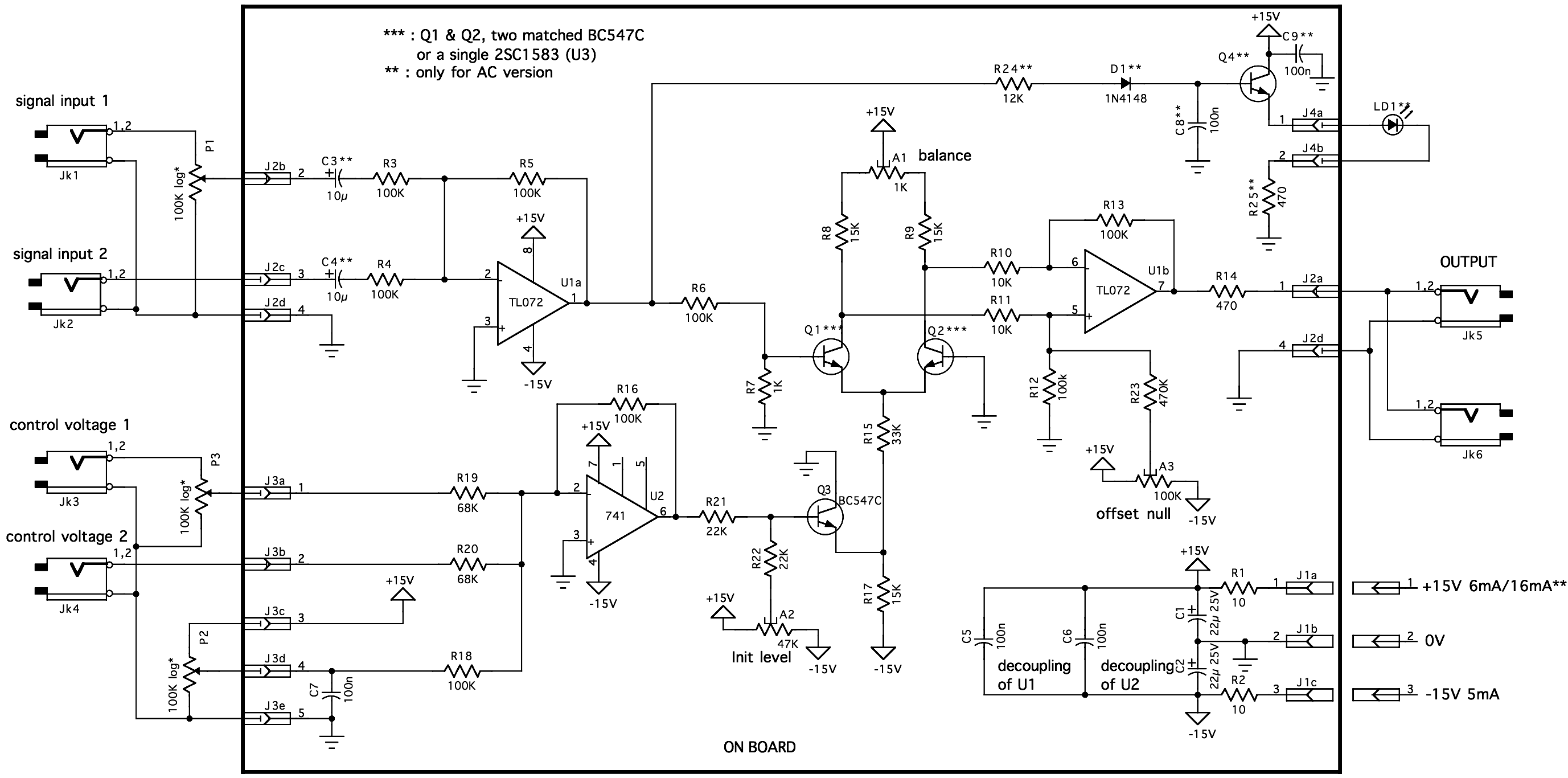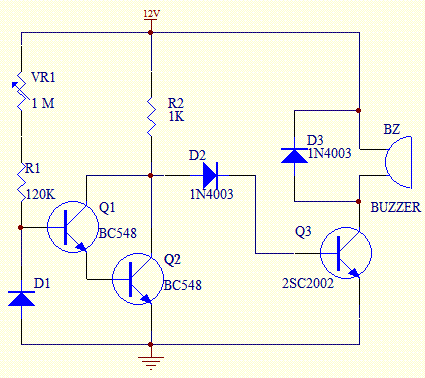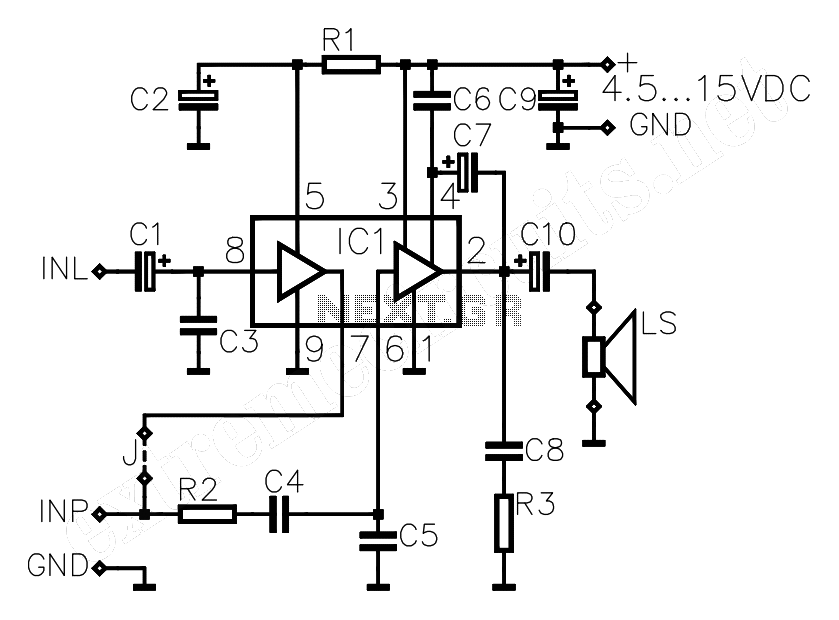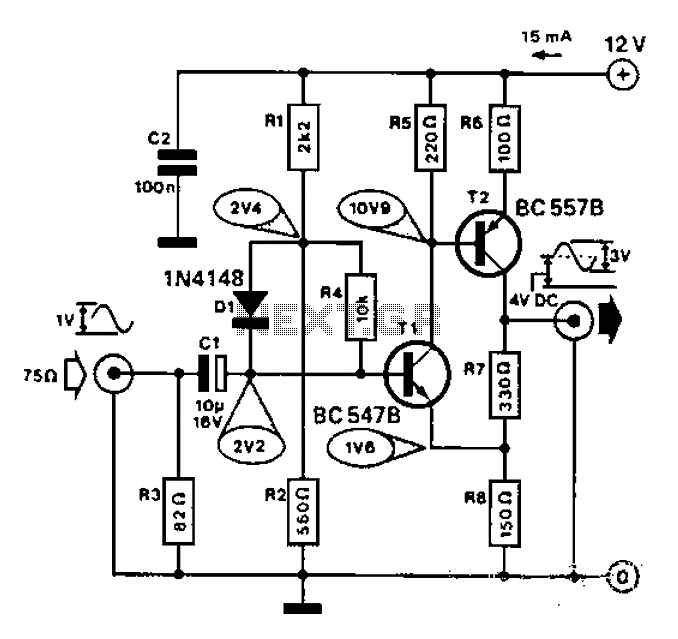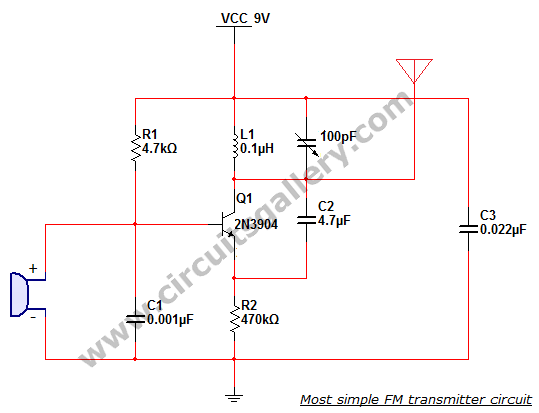
pic16f877 based simple calculator project
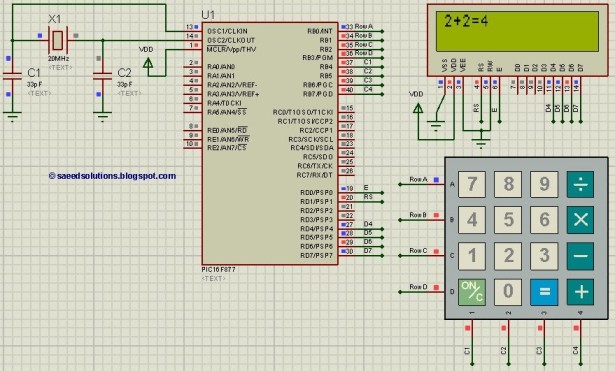
This PIC microcontroller tutorial provides a simple calculator implementation for the PIC16F877 microcontroller. This is a straightforward one-digit calculator.
The PIC16F877 microcontroller is a versatile and widely used device in embedded systems, particularly for educational purposes and simple applications. The described implementation focuses on creating a basic one-digit calculator that can perform fundamental arithmetic operations such as addition, subtraction, multiplication, and division.
The schematic for the one-digit calculator would typically include the PIC16F877 microcontroller connected to a seven-segment display for output, a keypad for input, and necessary supporting components such as resistors and capacitors. The keypad can be a 4x4 matrix configuration, allowing users to input numbers (0-9) and operations (+, -, *, /).
The microcontroller's I/O pins are configured to read the keypad inputs and display the results on the seven-segment display. The firmware programmed into the PIC16F877 handles the logic for performing calculations based on the user's input. It would include a simple state machine to manage the operations and transitions between input states.
Power supply considerations for the circuit should include a regulated voltage source, typically 5V, to ensure stable operation of the microcontroller and connected components. Bypass capacitors should be placed close to the power pins of the microcontroller to filter out noise and stabilize the power supply.
Overall, this implementation serves as an excellent example of utilizing a microcontroller to perform basic arithmetic functions while providing hands-on experience with embedded programming and circuit design.This PIC microcontroller tutorial provides a simple calculator implementation for PIC16F877 microcontroller. This is a simple one digit calculator which im.. 🔗 External reference
The PIC16F877 microcontroller is a versatile and widely used device in embedded systems, particularly for educational purposes and simple applications. The described implementation focuses on creating a basic one-digit calculator that can perform fundamental arithmetic operations such as addition, subtraction, multiplication, and division.
The schematic for the one-digit calculator would typically include the PIC16F877 microcontroller connected to a seven-segment display for output, a keypad for input, and necessary supporting components such as resistors and capacitors. The keypad can be a 4x4 matrix configuration, allowing users to input numbers (0-9) and operations (+, -, *, /).
The microcontroller's I/O pins are configured to read the keypad inputs and display the results on the seven-segment display. The firmware programmed into the PIC16F877 handles the logic for performing calculations based on the user's input. It would include a simple state machine to manage the operations and transitions between input states.
Power supply considerations for the circuit should include a regulated voltage source, typically 5V, to ensure stable operation of the microcontroller and connected components. Bypass capacitors should be placed close to the power pins of the microcontroller to filter out noise and stabilize the power supply.
Overall, this implementation serves as an excellent example of utilizing a microcontroller to perform basic arithmetic functions while providing hands-on experience with embedded programming and circuit design.This PIC microcontroller tutorial provides a simple calculator implementation for PIC16F877 microcontroller. This is a simple one digit calculator which im.. 🔗 External reference
Warning: include(partials/cookie-banner.php): Failed to open stream: Permission denied in /var/www/html/nextgr/view-circuit.php on line 713
Warning: include(): Failed opening 'partials/cookie-banner.php' for inclusion (include_path='.:/usr/share/php') in /var/www/html/nextgr/view-circuit.php on line 713
